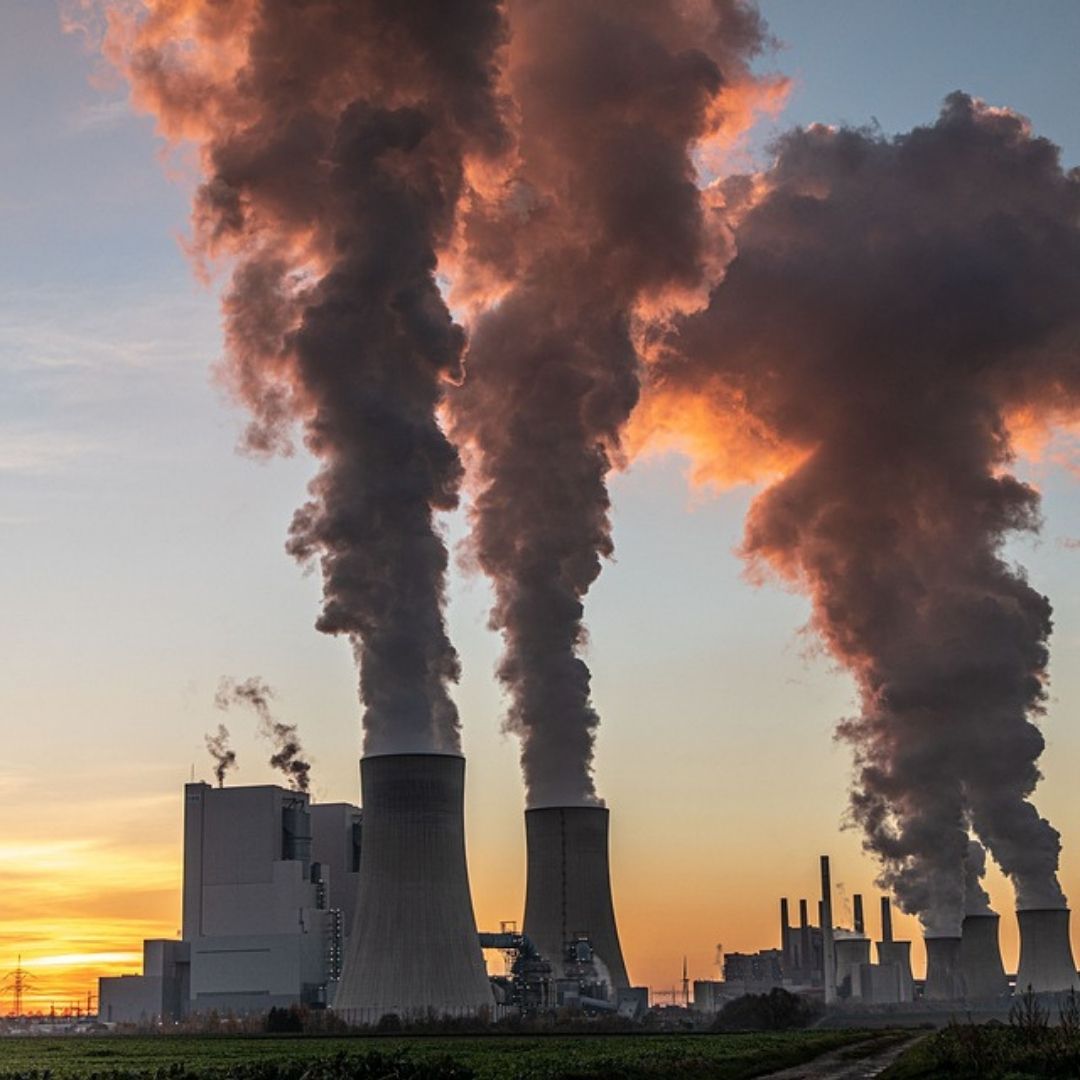
Image Credits: Pixabay (Representational)
Air Pollution 2nd Biggest Health Risk In India, Economic Cost To Surpass $150 Bn Annually: Report
Writer: Tashafi Nazir
For most people, journalism sounds hectic and chaotic. For her, it's a passion she has been chasing for years. With an extensive media background, Tashafi believes in putting efforts on presenting a simple incident in the most interesting way.
India, 24 March 2022 5:15 AM GMT
Editor : Shiva Chaudhary |
A post-graduate in Journalism and Mass Communication with relevant skills, specialising in content editing & writing. I believe in the precise dissemination of information based on facts to the public.
Creatives : Tashafi Nazir
For most people, journalism sounds hectic and chaotic. For her, it's a passion she has been chasing for years. With an extensive media background, Tashafi believes in putting efforts on presenting a simple incident in the most interesting way.
According to the World Air Quality Report 2022 prepared by Swiss organisation IQAir and released worldwide on March 22, India's PM 2.5 level returned to pre-COVID lockdown concentrations measured in 2019.
Air pollution is the second biggest factor affecting the health of people in India and its economic cost is estimated to surpass USD 150 billion in a year, a latest report said. According to the World Air Quality Report 2022 prepared by Swiss organisation IQAir and released worldwide on March 22, India's PM 2.5 level returned to pre-COVID lockdown concentrations measured in 2019.
"Air pollution has a massive impact on humans in India. It is the second biggest risk factor for disease, and the economic cost of air pollution is estimated to exceed 150 billion dollars annually," it stated.
Major Sources Of Air Pollution
The major sources of air pollution in the country include vehicular emissions, industrial waste, power generation, construction, biomass combustion for cooking, and episodic events like crop burning, India Today reported.
Government Measures
The Environment Ministry enacted the National Clean Air Programme (NCAP) in 2019, which seeks to reduce particulate matter (PM) concentrations by 20 to 30 per cent by 2024 in all identified non-attainment cities, implement a city, regional, and state-specific clean air action plan, increase air quality monitoring, as well as to conduct source apportionment studies.
The report observed that the lockdowns, restrictions, and economic downturn resulting from the COVID-19 pandemic have made it tough to determine NCAP's impact based on air pollution levels alone.
Other Report Findings
Apart from city-specific action plans, no other techniques have been formulated under NCAP prescribed timelines, the report stated. "There is less information about the activities related to the NCAP, making it challenging to dispel the dissatisfaction of the public with the slow progress under the programme," it mentioned.
The report quoted, "It is estimated that 20 to 35 per cent of total urban PM2.5 concentrations is directly or indirectly due to internal combustion engines in motor vehicles." It noted that annual vehicle sales in the country are expected to rise, with an estimated fleet number reaching 10.5 million in 2030.
Also Read: India Lost 3 People In Every Two Days Due To Illegally Distilled Liquor In 2020
 All section
All section














